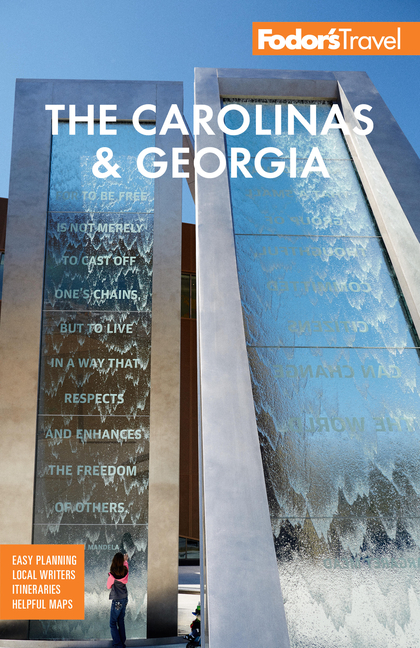Old as Columbia may be, trendy and collegiate neighborhoods give the city an edge. The symphony, two professional ballet companies, several theaters that stage live, often locally written productions, and a number of engaging museums keep the arts thriving. The city is a sprawling blend of modern office blocks, suburban neighborhoods, and the occasional antebellum home. Here, too, is the expansive main campus of the University of South Carolina. Out of town, 550-acre Lake Murray is full of pontoon boats and Jet Skis, and Congaree National Park's swamps, creeks, and hiking trails are waiting to be explored.
In 1786, South Carolina's capital was moved from Charleston to Columbia, along the banks of the Congaree River. One of the nation's first planned cities, Columbia has streets that are among the widest in America, because it was then thought that stagnant air in narrow streets fostered the spread of malaria. The city soon grew into a center of political, commercial, and cultural activity, but in early 1865, General William Tecumseh Sherman invaded South Carolina and incinerated two-thirds of Columbia. Only a few homes, public buildings, and historic sights survived. The First Baptist Church, where secession was declared, still stands because a janitor directed Sherman's troops to a Presbyterian church instead.






